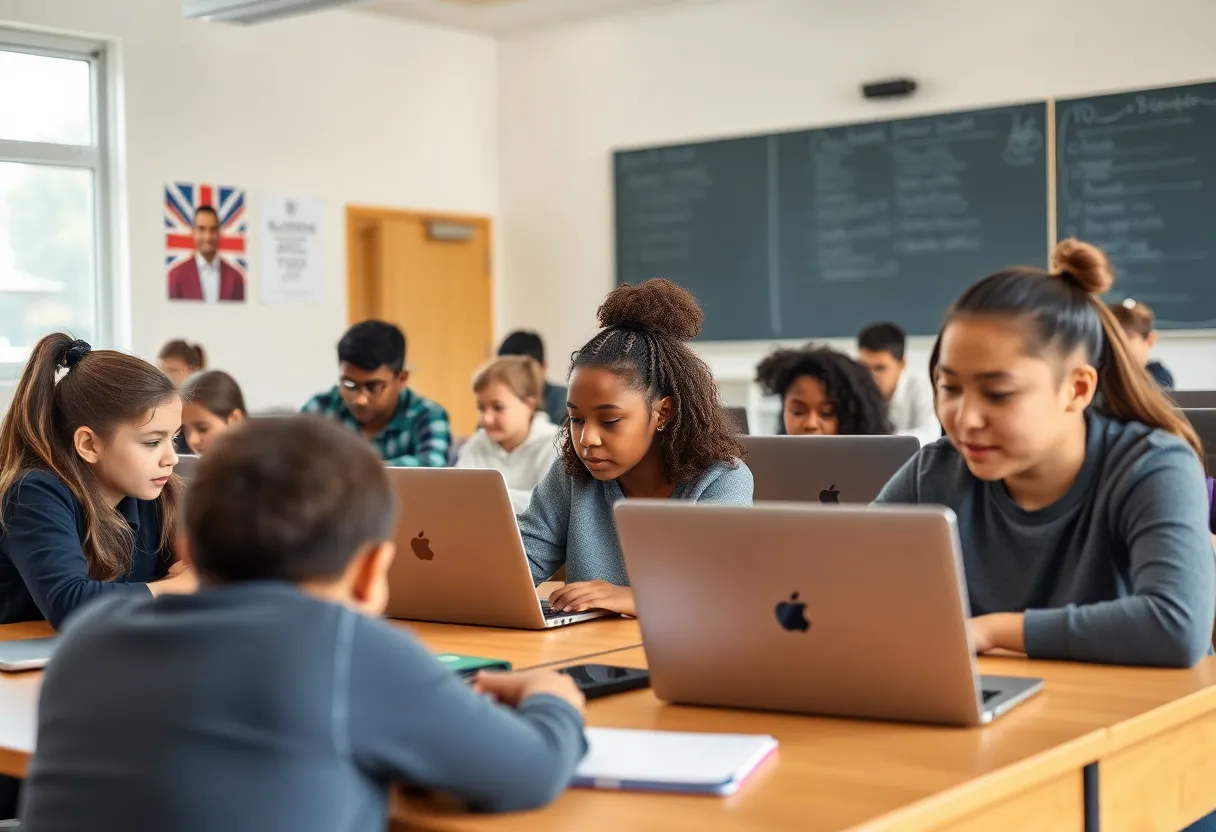News Summary
Recent research validates the stance of teachers’ unions during COVID-19 school closures, challenging critics who claimed they acted against students’ interests. Evidence shows that school closures significantly reduced virus transmission, with over 70% of household transmissions starting with children. Despite critiques of learning losses, many parents felt their children were adequately educated remotely. The unions also advocated for social justice issues, emphasizing the deep impact of the pandemic on vulnerable communities. Ongoing debates surround their role as schools face financial pressures while learning from the experience remains crucial.
Los Angeles—Recent research highlights the validity of teachers’ unions’ positions during school closures necessitated by the COVID-19 pandemic, countering claims from critics who argue that such actions were unnecessary. While critics contend that children faced minimal risks from the virus and suggest that unions prioritized their interests over students’ needs, studies indicate that school closures played a pivotal role in reducing COVID-19 transmission in communities.
One significant analysis revealed that over 70% of COVID transmissions within households began with a child. This information calls into question the belief that children were merely passive carriers of the virus, underscoring the potential impact of pediatric cases on community health. Opponents of teachers’ unions, including education advocates and organizations, accuse unions of prolonging school closures, asserting that millions of students experienced detrimental learning losses as a result.
Research published in reputable medical journals emphasizes the effectiveness of school closures in curbing the virus’s spread. One such study found that school closures led to substantial reductions in peak hospital occupancy in 72 out of 74 countries examined. Similarly, a comprehensive review by the British Medical Association concluded that school closures lowered COVID-19 transmission rates, morbidity, and mortality across communities. Despite assertions from critics that schools should have prioritized in-person education, surveys reveal that a significant portion of parents—between two-thirds and three-fourths—believed their children were receiving adequate instruction during this period.
Additional context points towards a concerning reality for many families. A study focused on “COVID-19–Associated Orphanhood and Caregiver Death” demonstrated that over 140,000 American children lost a parent or grandparent to the virus, with disproportionately high rates among minority children. This statistic complicates the narrative surrounding the risks faced by children and emphasizes the profound impact of the pandemic on family structures, particularly among vulnerable populations.
Throughout the pandemic, teachers’ unions were also advocates for broader social justice issues, including diversity, equity, and the support of marginalized communities. The United Teachers Los Angeles (UTLA) promoted proposals that sought better wages, reduced class sizes, and more resources for low-income families, emphasizing the intersection of educational policy and social equity.
While critics like Corey DeAngelis from the Cato Institute have claimed that unions favored their demands over children’s education during closures, teachers such as UTLA representatives argue that their actions were made in good faith. They contend that decisions were based on the information available at the time, aiming to prioritize the safety of students and their families amidst a public health crisis.
As schools face ongoing pressures from budget constraints due to declining enrollment and a depletion of federal COVID relief funds, the conversation surrounding educators, unions, and school policies continues to evolve. Some argue that the learning loss experienced by students should be addressed, yet many educators maintain that the necessary measures taken during the pandemic were justified in light of public health, especially for low-income families living in crowded conditions.
Despite the substantial losses in classroom learning, evidence suggests that school closures contributed positively to controlling COVID-19’s spread. Considerable polling data from March 2021 revealed that just 15% of parents expressed a desire for their children to return to in-person schooling at that time, indicating a level of parental satisfaction with remote learning solutions. This points to a complex relationship between parental involvement in decision-making and overall satisfaction with educational outcomes during a challenging period.
As communities navigate the fallout from prolonged school closures and response strategies to the pandemic, the role of teachers’ unions remains a focal point of debate. Continued research and dialogue are essential in understanding both the impact of their decisions and future educational strategies as the country moves forward.
Deeper Dive: News & Info About This Topic
HERE Resources
Additional Resources
- The Hill: Teachers’ unions and COVID-19 school closures
- LA Times: L.A. teachers union pursues salary hike and progressive goals
- Capital & Main: Teachers across California organizing across districts
- Google Search: Teachers unions COVID-19 school closures
- Newsweek: Thousands of teachers in California union raise alarm
- Google Scholar: Teachers unions COVID-19 impact
Author: STAFF HERE BALTIMORE WRITER
The BALTIMORE STAFF WRITER represents the experienced team at HEREBaltimore.com, your go-to source for actionable local news and information in Baltimore, Baltimore County, and beyond. Specializing in "news you can use," we cover essential topics like product reviews for personal and business needs, local business directories, politics, real estate trends, neighborhood insights, and state news affecting the area—with deep expertise drawn from years of dedicated reporting and strong community input, including local press releases and business updates. We deliver top reporting on high-value events such as the Baltimore Book Festival, Preakness Stakes, and Artscape. Our coverage extends to key organizations like the Baltimore Chamber of Commerce and Visit Baltimore, plus leading businesses in shipping and healthcare that power the local economy such as the Port of Baltimore and Johns Hopkins Medicine. As part of the broader HERE network, we provide comprehensive, credible insights into Maryland's dynamic landscape.





